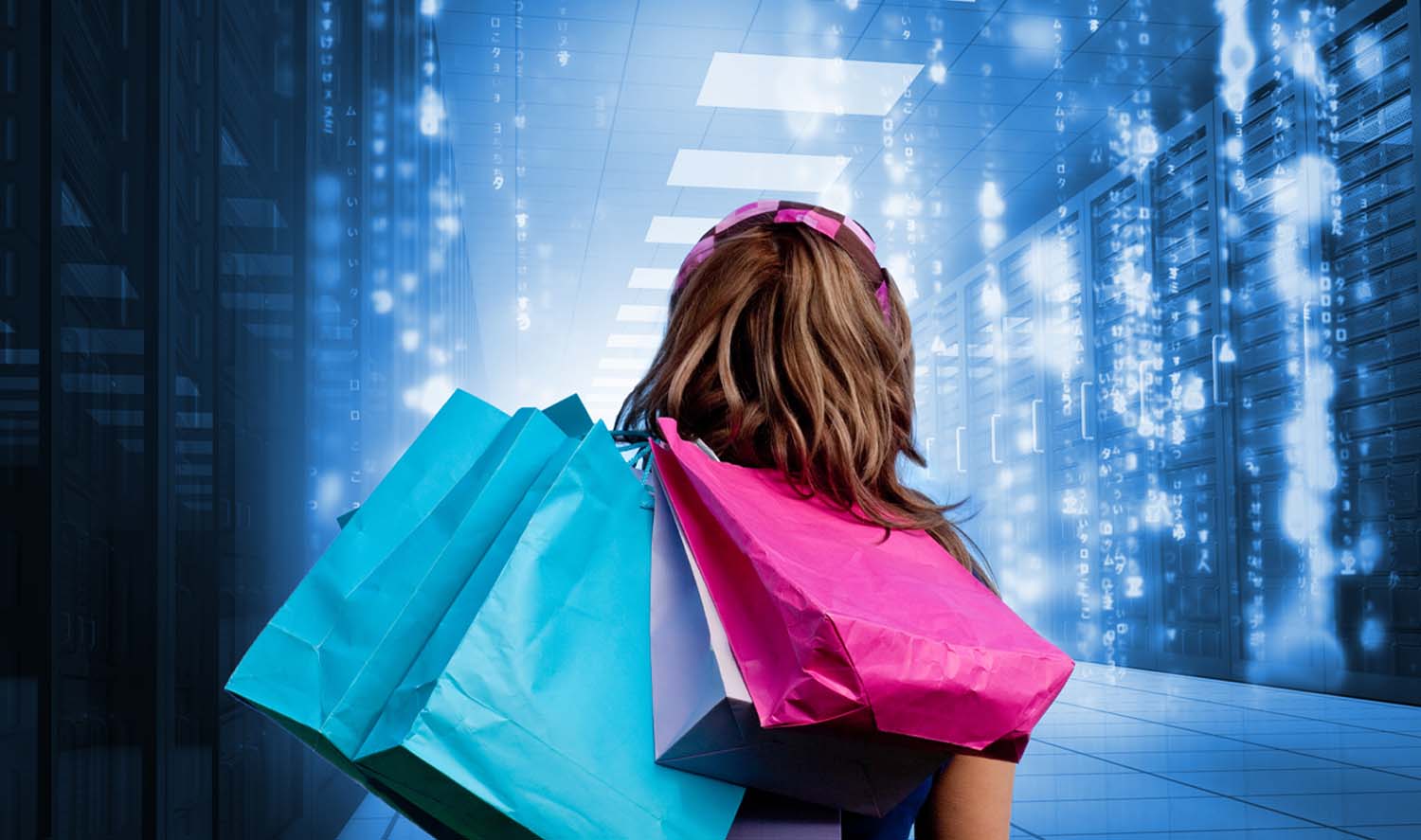Be one with all channels: what is ‘omnichannel retail’ and why is it important?
As customer expectations skyrocket, retailers are accelerating their omnichannel approach to deliver customers a seamless path to purchase. But there are some misconceptions about what this can mean. Let’s take a closer look.
You’d be forgiven for thinking that customers might have become more lenient following a pandemic where everyone became more aware of empathy. But no, their actions spell out a very different story.
Customer expectations are higher than they have ever been. They have seen retail innovation at breakneck speeds from their favourite local businesses, national chains and global stores. With flexible returns, free shipping, buy online pickup in store, curbside pickups and more, their retail experiences (and expectations) have taken leaps forward.
Salesforce data agrees. At the end of 2020, they surveyed more than 15,600 customers around the world. They found 80% of B2C and B2B customers now believe the experience provided by a company is as important as its products or services. This is a significant shift from transactional one-offs to more of a longer relationship with an emotional connection.
The rise of true omnichannel retailers and brands
This is where an omnichannel approach comes into play. It’s a move that delivers a better and simpler purchasing experience for customers and comes with an emotional payoff. The removal of the usual friction from their purchase experience helps to foster higher return business and increases their loyalty.
But first, we need to clear something up. Omnichannel is not about you, the retailer or brand offering more channels. It is not about your channel preferences. True omnichannel retail is all about the customer, and their ability to receive a seamless experience from you, whichever channel they prefer to use.
The subtle nuance can help to deliver a stronger experience for customers. Brands can win hearts and minds of their customers by delivering more personalised shopping experiences. And for the ultimate experience, retailers should also consider an omnichannel approach to customer service.
Use technology to level the playing field between channels
To offer seamless omnichannel experiences to your customers, you’re going to need to have the right technology and connect the information locked in your systems and processes together. This means having a single source of truth for your customer data, and flexible systems that operate through an integrated platform, like Salesforce.
In shifting to omnichannel retail, begin by looking to equalise the experiences your customers have with you across each of your channels. This helps to create equality between channels and deliver a more seamless experience.
Great omnichannel retail experiences also link their online channels with in-store, not only from a back-end inventory perspective, but also an experiential one. Virtual services that incorporate in-store purchasing behaviour, now offered by one iconic Australian department store, are a great example of online and offline experiences merging.
Beyond this, you can consider offering more personalised shopping experiences that really delight your customers and elevate their loyalty with you and your brand. Use tools such as customer analytics and automation to help you identify opportunities and deliver them at scale. Most retailers actually have access to a lot of information about their customers, but its locked across siloe-ed systems and hence not used effectively to personalise the experience of the customers.
Start with social and be open to where your customers lead you
Your social media channels are a great place to start to equalise the experience. Of the high performing companies Salesforce surveyed for its State of Commerce report, 71% said they experienced strong success with Social Commerce. Midway through 2020, website referrals from social media grew by 104% year on year.
While social media channels reported solid growth over the past year, it is not the only channel to invest in. Different generations and different personalities tend to have their own channel preferences. Consider which personality types, and which generations make up your customer base to ensure you have the right channel mix. One of the key outcomes of COVID has been that a whole new generation of customers have started engaging digitally with their favorite brands. Leveraging this efficiently can unlock significant upsides for retailers.
It’s easy to be a little overwhelmed with a shift to omnichannel retail. Just remember that you don’t need to solve every challenge immediately. Consider it as part of your digital transformation journey, which partners like Simplus can help you to confidently move forward with.
Get in touch with us to learn more about how Simplus can help you evolve your retail brand or business.






